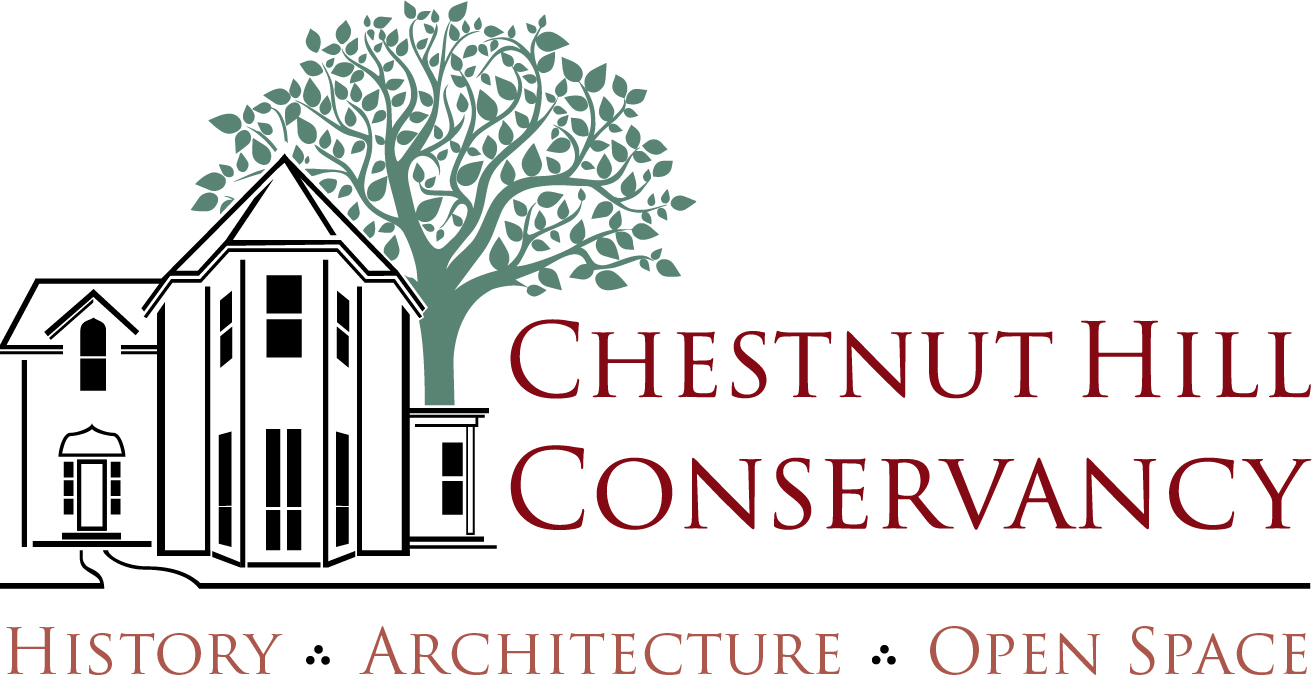Save the Date | Public Opening
May 2, 2025 from 5:00 PM to 7:00 PM
This exhibition explores the Wissahickon Valley’s evolving landscape, the forces that shaped its preservation, and the ongoing commitment to protecting this treasured green space through maps, guides, and publications that have documented and influenced its transformation.
For over 10,000 years, the Wissahickon Valley has been a place of connection between people and the land. The indigenous Lenape first traversed its forests and fields, relying on the valley’s natural resources for hunting, gathering, and settlement. This exhibit starts later, when mills, inns, and private homes reshaped the landscape as industry took hold. As Philadelphia expanded, the Wissahickon became central to efforts to safeguard the city’s water supply. Urban growth brought more visitors, heightening the need for conservation, which gained momentum during the environmental movement of the 1960s and 1970s. These efforts led to the creation of stewardship programs, including the Chestnut Hill Conservancy and Friends of the Wissahickon’s conservation easements, which now protect over 105 acres of open space.
Although the exhibit predominantly features items from the Conservancy’s own archive, it includes select items on loan, including a never-before-publicly-seen original map dating to the establishment of the Wissahickon Watershed Overlay Zoning District – shared by the Philadelphia City Planning Commission – and several colorful paintings of Wissahickon Valley life and scenery, on loan from Bowman Properties Ltd.



One striking map (pictured above on the right) from the Chestnut Hill Conservancy Archives shows a 1955 plan from Studies of Crossings of the Wissahickon Valley, created during the post–World War II housing boom. As open land in Roxborough and Andorra gave way to new housing, planners proposed nine possible road crossings through the valley—bold horizontal lines now frozen in time on paper. None were ever built, a powerful reflection of the growing effort to protect this vital green space from urban expansion.


Another featured piece is a large, hand-drawn survey that began around 1780 and was updated into the 19th century. It shows early property lines, including the Livezey and George Carpenter estates, now near Carpenter’s Woods and Pelham. The Conservancy intends to restore this historic artifact to improve its legibility for future research and public interpretation.
Curated by Curator and Archivist Alex Bartlett in collaboration with Board Member Dan Preston and Executive Director David Gest, this is the Conservancy’s first in-house archives exhibition in over a decade—and a pilot for future public displays. The exhibit spans four eras:
• Era of Industry (1680s–1870)
• Transition to Public Protection (1870–1920)
• Modern Urban Park (1920–1970)
• Era of Land Stewardship (1970–present)
As Executive Director David Gest noted in a recent Chestnut Hill Local article by Maggie Dougherty, the exhibit “begins in the area of Colonial settlement of the Valley, previously occupied by the Lenape, for industrial purposes, and extends to modern efforts to conserve the Valley’s natural resources.” He added, “We are very excited to mount our first public archives exhibit in over a decade, which will serve as a pilot for future displays.”
Can’t make it to the public opening on Friday, May 2, from 5:00 to 7:00 PM? The first full day of the exhibit is Saturday, May 3, and it will remain on view through early fall. The exhibit will be open weekly on Fridays and Saturdays from 10:00 AM to 4:00 PM. Some days, it will occasionally be closed for private events or holidays.
It’s self-guided, with staff and volunteer assistance available. Family-friendly materials—including scavenger hunts and coloring pages—are also provided.
Plan your visit:
Open Fridays and Saturdays, 10:00 AM – 4:00 PM
Free admission and open to the public | A suggested $10 donation would be appreciated
Self-guided format with staff and volunteer assistance available
Family-friendly activities, including scavenger hunts and coloring tables
-
-
Public Transit: We encourage visitors to plan their trip using SEPTA. The Chestnut Hill West and Chestnut Hill East train stations are both a short walk from the Conservancy. Several SEPTA bus routes also serve the area.
-
Driving and Parking: Metered street parking and free parking are available on select streets throughout Chestnut Hill. The closest public parking lot is the Purple Lot, operated by the Chestnut Hill Parking Foundation, located just off Germantown Avenue. The Purple Lot is located at 8600 Germantown Avenue (behind Citizens Bank); the entrance on Hilltop Road via Rex Avenue.
-
This exhibition is made possible thanks to the generous support of:
Anonymous
Bowman Properties, Ltd.
Dan Preston and Alex Darling
Rebekah Grimes and the Philadelphia City Planning Commission
James McNabb







